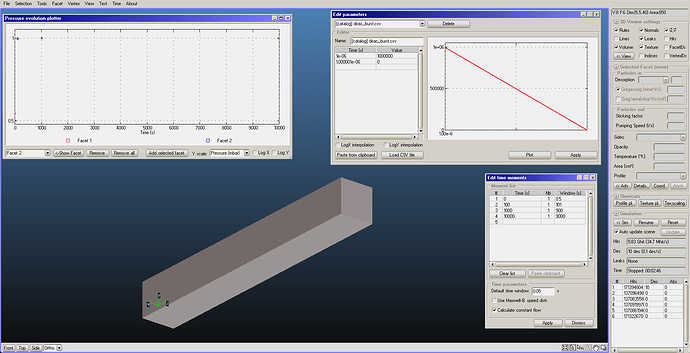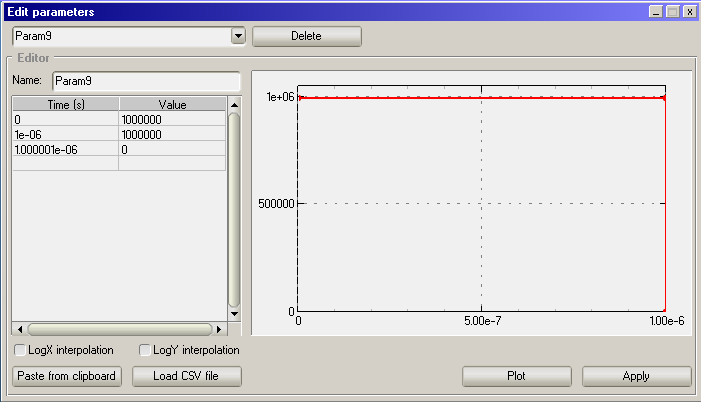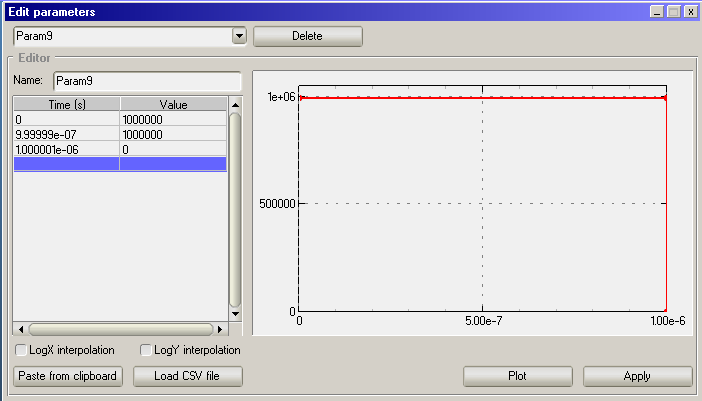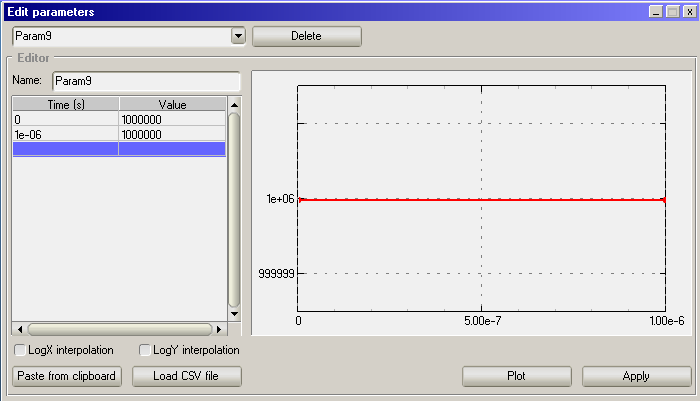I recently was using molflow to estimate the volume of some complex geometries in my model…used for estimating rough out times in VacTran software. I do this by creating a profiles whose area under the curves gives a fixed amount of 1 mBarL of gas. Divide this by the calculated pressure and you get the volume. However some things I noticed made me question how the time dependent outgassing profile is “sampled”.
Initially I didn’t have any pumping surface, so only 10 particles are generated, one for each thread, and do those 10 give you a good enough “representation” of the outgassing rate profile used to give the correct rate integrated 1 mBarL of gas. If you add just a little amount of pumping then you can generate more desorbed particles to better represent the profile, but not so much that it effects the pressure on short enough timescale. However, it would still be useful to know how you do this so a better choice in profiles is used.
I also tried different profiles, to see how you might do this to see if I got bigger errors depending on the profile, but I really couldn’t tell because of a bug in the plotter; will not update MC counts after the 10 particles are generated. The one thing I did figure out is that the profile can be shorter in time than what you define in the moments…I though it had to include the longest time as defined in your moments even if it was just zero.
Lastly, your catalog dirac_delta profile injects 0.5 mBarL, I assume you where trying for 1.
Best,
Alan



